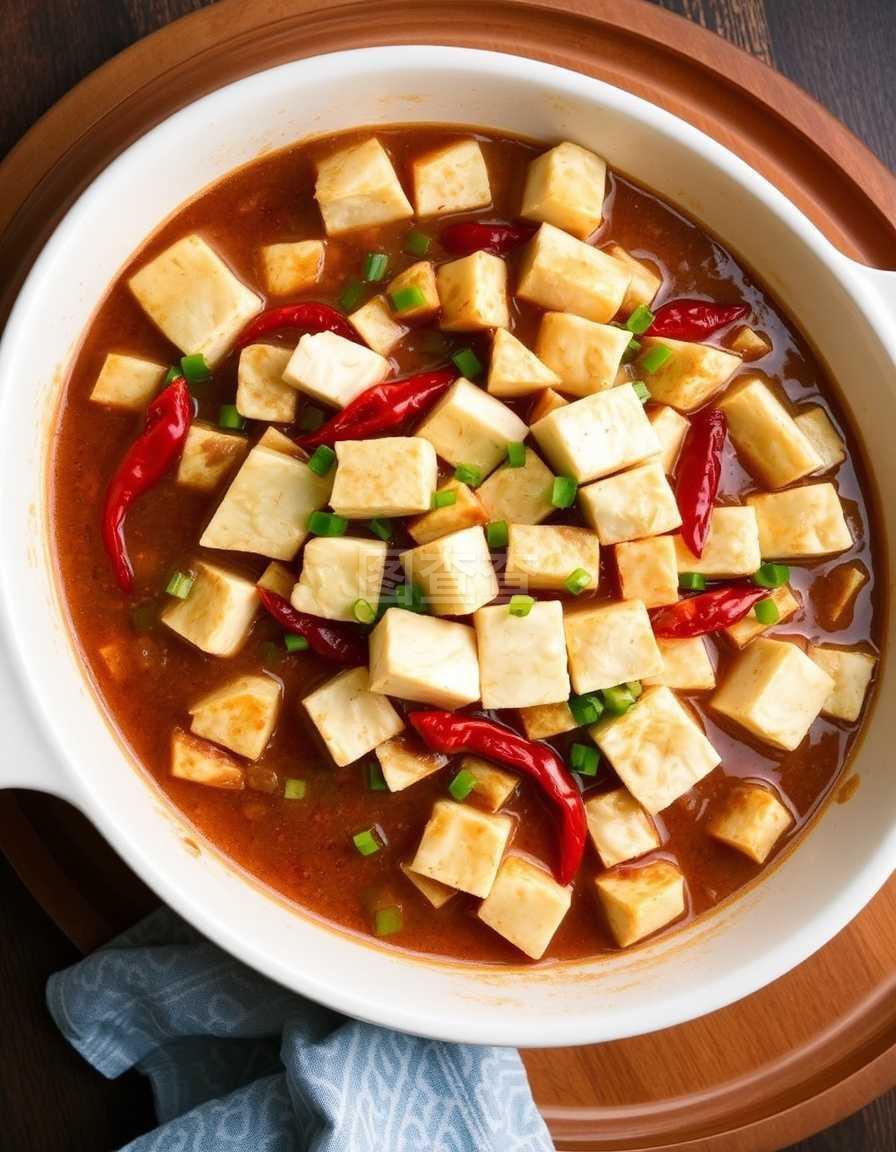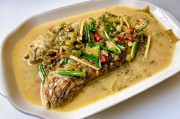When it comes to culinary delights, Sichuan cuisine stands out as a treasure trove of flavors that captivate the taste buds of food enthusiasts worldwide. However, the challenge often lies in translating these unique dishes into English while retaining their essence. In this article, we delve into the intricacies of naming Sichuan特色美食 in English, ensuring that the rich culinary heritage of this region is accurately represented.
Understanding Sichuan Cuisine
Sichuan cuisine, known for its bold flavors, is characterized by its use of Sichuan peppercorns, chili peppers, and a variety of aromatic spices. This unique combination creates a harmonious blend of spiciness, numbing, and savory notes. To capture the essence of Sichuan dishes in English, it is crucial to understand the key elements and cooking techniques involved.
Key Elements of Sichuan Cuisine:- Spiciness: Achieved through the use of chili peppers and Sichuan peppercorns.
- Numbing: A distinctive sensation caused by the Sichuan peppercorns.
- Savory: A combination of soy sauce, black vinegar, and other seasonings.
The Art of Naming Sichuan Dishes in English

The task of naming Sichuan dishes in English requires a delicate balance of linguistic creativity and cultural sensitivity. Here are some guidelines and examples to help you master this art:
1. Direct Translation:One of the simplest methods is to translate the dish's name directly from Chinese to English. For instance, 宫保鸡丁 can be named "Kung Pao Chicken." This direct approach ensures that the dish's original name is preserved, making it easier for people familiar with the Chinese language to recognize it.
2. Descriptive Naming:Another effective method is to describe the dish's main components or cooking style in English. For example, 麻婆豆腐 can be named "Spicy Tofu with Minced Pork in Red Oil Sauce." This descriptive approach provides a clear understanding of the dish's flavor profile and ingredients.
Example Naming:- 夫妻肺片: "夫妻 Lung Slices" or "Spicy Beef and Ox Tongue Salad"
- 水煮鱼: "Boiled Fish with Pickled Cabbage and Chili Peppers"
- 回锅肉: "Twice Cooked Pork with Garlic Sauce"

Preserving Cultural Integrity
While naming Sichuan dishes in English, it is essential to maintain the cultural integrity of these dishes. This means avoiding Anglicization and ensuring that the names reflect the true essence of Sichuan cuisine. By using authentic ingredients and cooking techniques in the names, we can preserve the cultural significance of these dishes.
Authentic Ingredients and Techniques:- Ma Po Tofu: "Spicy Tofu with Minced Pork and Fermented Bean Paste"
- Mapo Tofu: "Mapo Tofu with Traditional Sichuan Spices"
- Ants Climbing a Tree: "Fine Noodles with Minced Pork and Chili Oil"
Conclusion
In conclusion, naming Sichuan dishes in English is a challenging yet rewarding task that requires a deep understanding of the cuisine's unique flavors and cultural significance. By following the guidelines outlined in this article, you can create accurate and engaging English names for these delightful dishes, ensuring that the rich heritage of Sichuan cuisine is shared with the world.
Embrace the essence of Sichuan cuisine and let your culinary journey be guided by these carefully crafted English names that capture the spirit of this remarkable culinary tradition.







